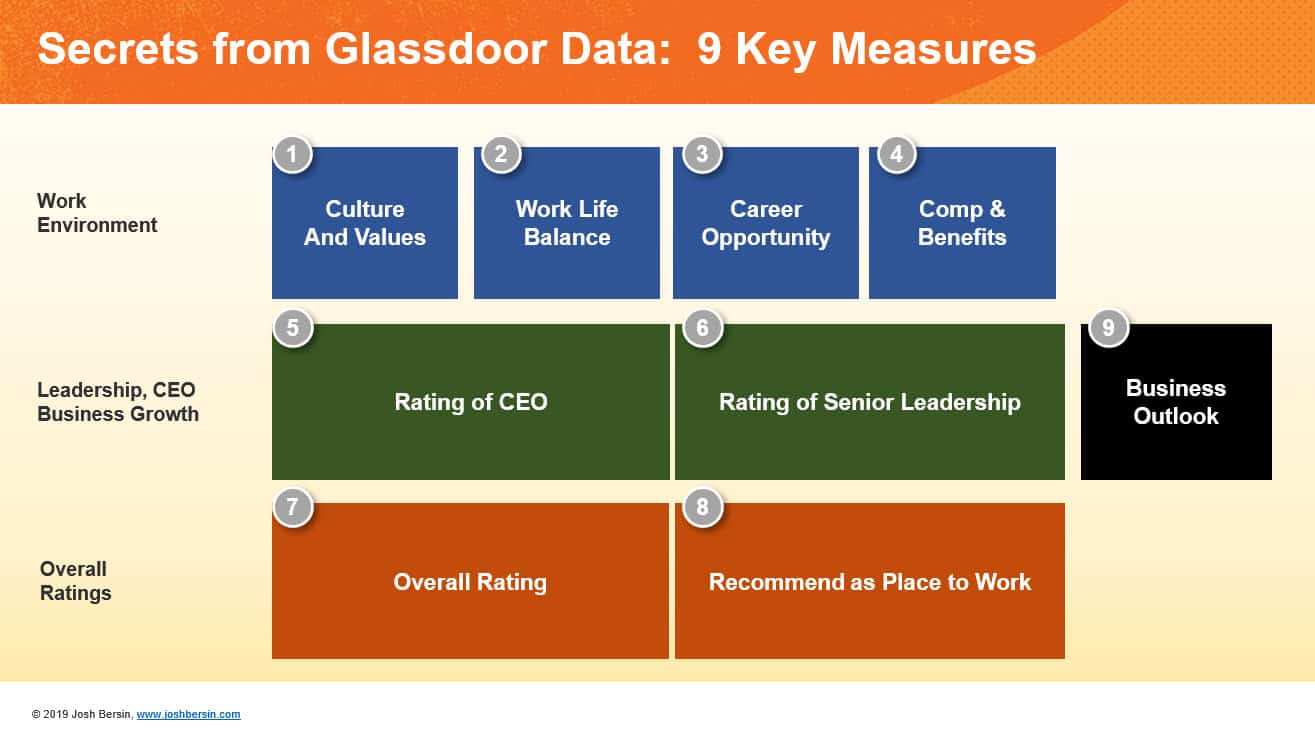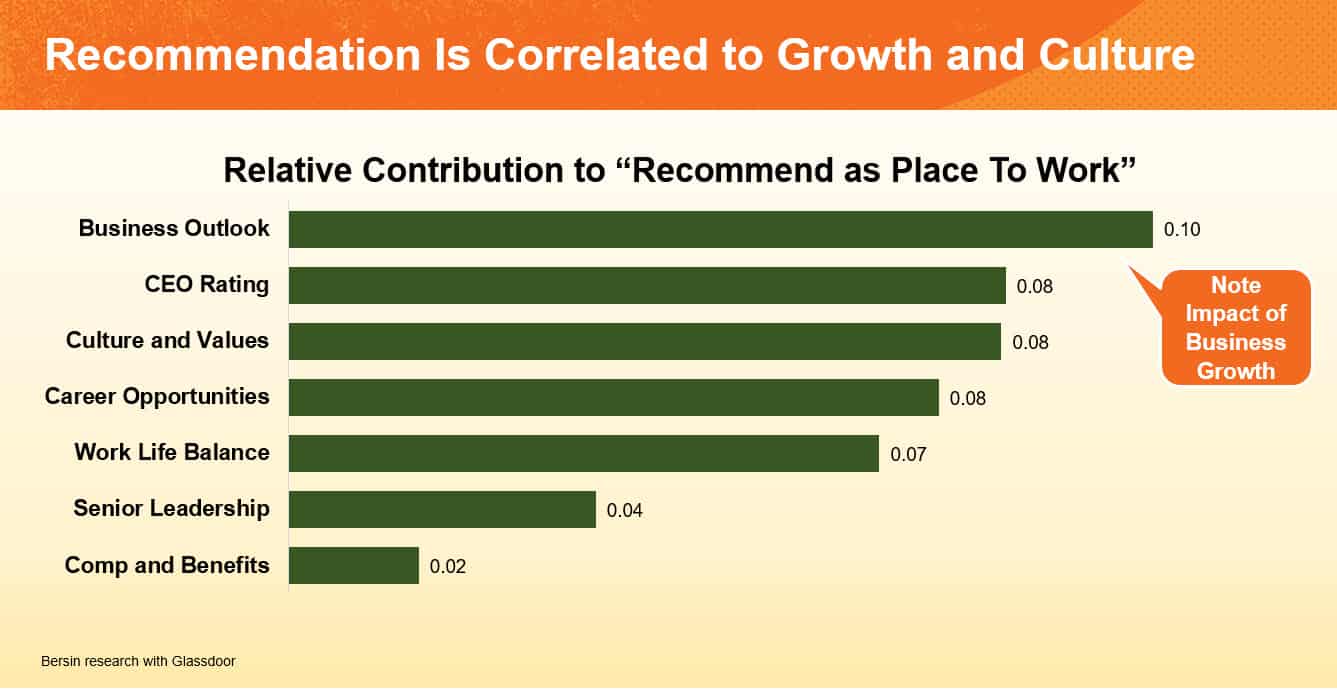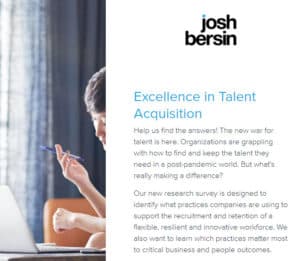Secrets To Recruiting In A Crazy Labor Market: On-Demand Pay And More
Let’s face it, recruiting is getting tough. With more than 14 million jobs open in the US and people getting on planes and going back to restaurants, demand for everything has skyrocketed. And as most of you know, the supply chain of people is stretched thin.
As companies build their hybrid work strategies (our new Playbook is coming soon), one of the biggest considerations is attracting new candidates. What combination of pay, benefits, and work practices will make the company most attractive?
Well, I’ve studied this topic over many of these business cycles and while many of the principles are enduring, there are some new tricks to consider.
Pay, as an agent of attraction, always works. Not just the amount, but also the frequency. We just completed a series of interviews with “on-demand pay” companies and the results are pretty astounding. As you’ll learn from this report, hourly and many front-line employees are ecstatic when they can get their pay on-demand, so this has become a secret weapon to getting great people.
On-demand pay, by the way, is not a payday advance. When done right employees don’t pay fees or interest, they just get their actual tax-adjusted pay every day as they earn it. For many workers, this is both a lifeline and a huge long-term benefit. These on-demand pay systems can automatically deduct money for rent, savings, or other obligations – making work and fun much easier and safer for everyone. (Read how Metz Culinary and Houston Methodist used on-demand pay to become brand leaders, powered by DailyPay.)
And the impact of pay timing is massive. Many hourly workers are living week to week, so the timing and simplicity of on-demand pay is a true financial value.
Second, consider location and flexibility.
As we discuss in our upcoming Hybrid Work program and The Hybrid Work Playbook, employees don’t want to drag themselves through commute traffic to return to the office. It’s not because they don’t like being together (most younger workers are excited about coming back), they’ve just learned that wasted time and energy on the commute is just that, wasted. So we need to make work flexible. We now have the tools to let people in the office have meetings with people not in the office.
A survey of 3,000 tech and highly skilled employees here just found that the average worker would prefer to work remotely rather than see a $30,000 annual uptick in their income. Considering the time wasted on commute in cities like San Francisco, New York, LA, and even Austin, this makes perfect sense. (PS the US Census shows that commute times here have gone up by several hours per year, and in some cities almost 20 minutes a day.)
Third, don’t over-rotate on benefits.
Every time we have one of these job market cycles, companies pile on benefits. During the last business cycle companies started “unlimited vacation” (with no time to take it), endless wellbeing programs (Salesforce now has more than 200 employee benefits offerings), standing desks (the most popular “request” by companies during the pandemic), and lots of insurance options.
Do they matter? Of course, they do – but less than you may think.
Analysis of Glassdoor Data:
Culture, Leadership, Growth, and Flexibility Matter
Over the last several years I analyzed the Glassdoor database in great detail and looked at the correlation between benefits, culture, leadership, and other factors. As you can see, there are nine key measures to look at.
 |
If you consider “overall rating” and “recommended as a place to work” as the outcome variables, it’s interesting to see what drives results.
First, the correlations show that culture, values, leadership, and career growth are much more important than pay. This is not to say that pay is not important, but it’s more of a way to “attract candidates” than it is to “retain and engage” people.
 |
Second, we are definitely in an inflationary period. Prices and wages are going up, and recruiters are telling us they have to offer more money to attract people. In fact, several manufacturing and retail clients told me workers don’t show up for their first day because they got an additional 50 cents per hour at a competing company.
The way to deal with this is to be strategic. Raising wages and offering a signing bonus is less expensive than you think, and offering on-demand pay costs almost nothing. It can cost between $500 and $5000 to recruit someone, so adding these benefits is not a big expense. So these kinds of benefits pay off and also keep people happy.
And losing someone is very expensive. When someone leaves you lose their training, experience, and relationships with customers and peers. People around them feel less committed, and productivity suffers as well. So think about these programs as not just “recruiting tools” but also ways to keep existing employees happy.
While money is definitely a magnet, it’s culture and growth that keep people engaged. How do we know this? Look at the following chart.
When we correlate “recommendation as a place to work” with Glassdoor factors, it’s clear that growth, culture, and flexibility are key.
 |
So while Pay is clearly important, frame pay and benefits in the context of growth, opportunity, and hybrid work. Programs like on-demand pay, profit sharing, growth assignments, and flexible work are powerful.
The Importance Of Career Pathways
This leads me to my final point. In addition to offering flexible work and pay, top employers help employees with tuition reimbursement, development, and what we call career pathways.
We are working with Guild Education on this topic and found that companies like Disney, Walmart, Lowes, and Discover help employees completely change their careers. They do this through education partnerships with very targeted results. As you can see from the Glassdoor data, this type of investment is like gold in today’s labor market.
 It’s Time To Rethink Your “Deal”
It’s Time To Rethink Your “Deal”
Talent acquisition leaders often call this the “deal” with employees. What are you really offering them? Why should they come work for you?
If you aren’t thinking about culture, flexibility, on-demand pay, and growth, you may be missing the boat. Offering a hiring bonus may help, but these are just ornaments, not long-term strategies. Invest in these bigger ideas, and the return will be greater than you imagined.
Join Us In Our Talent Acquisition Research
We are conducting a global study of recruiting right now, please join us and we’ll share the secrets with you.

